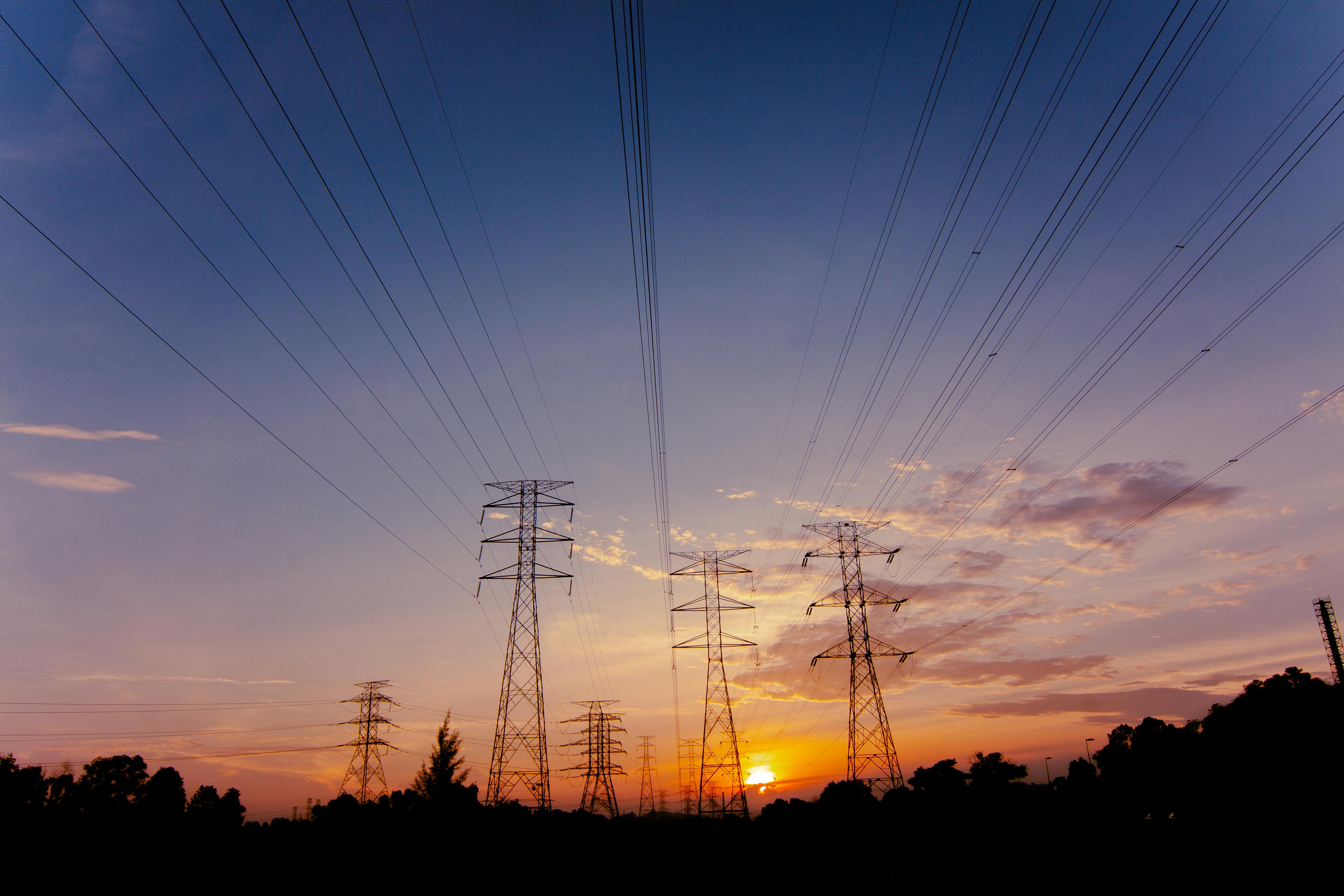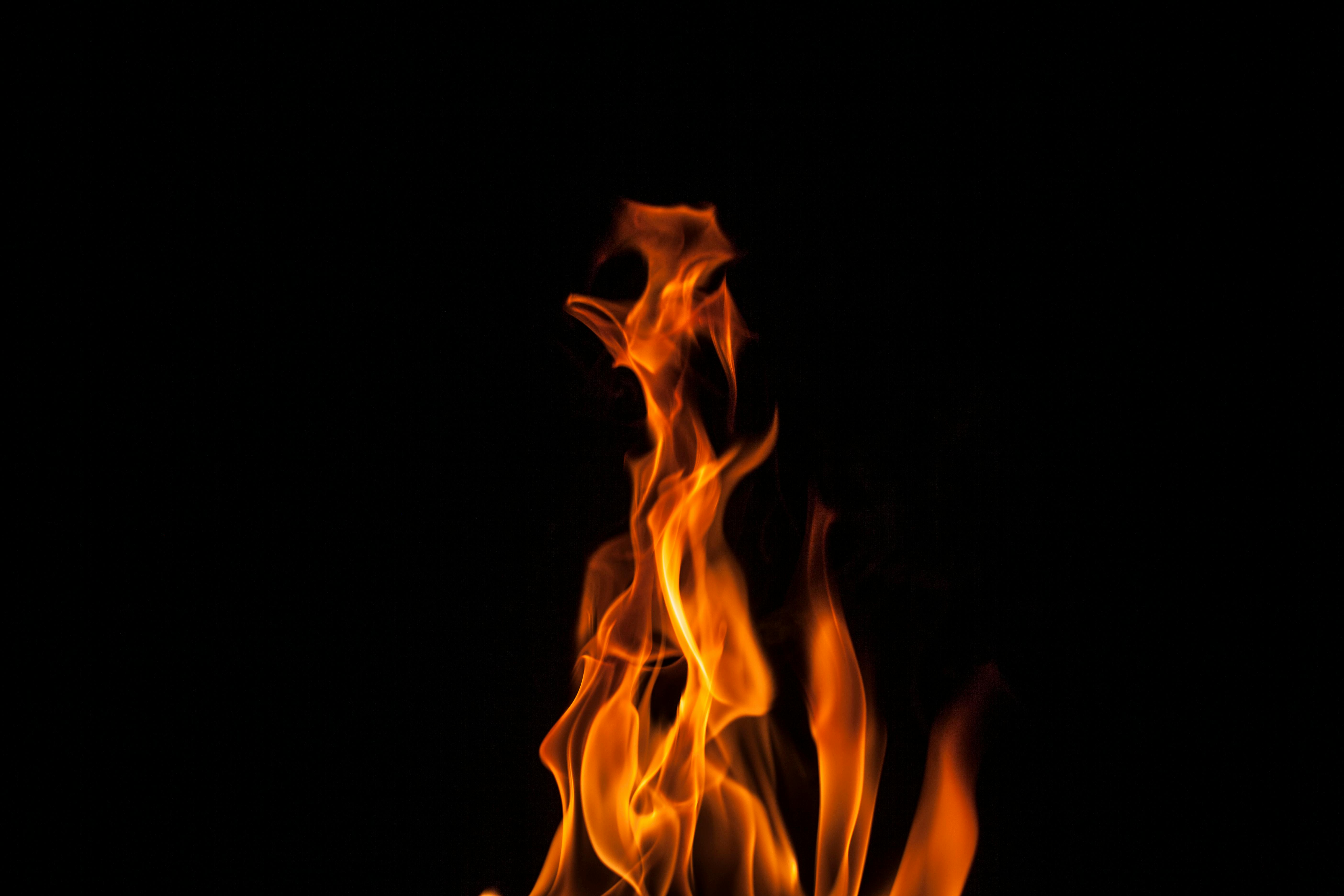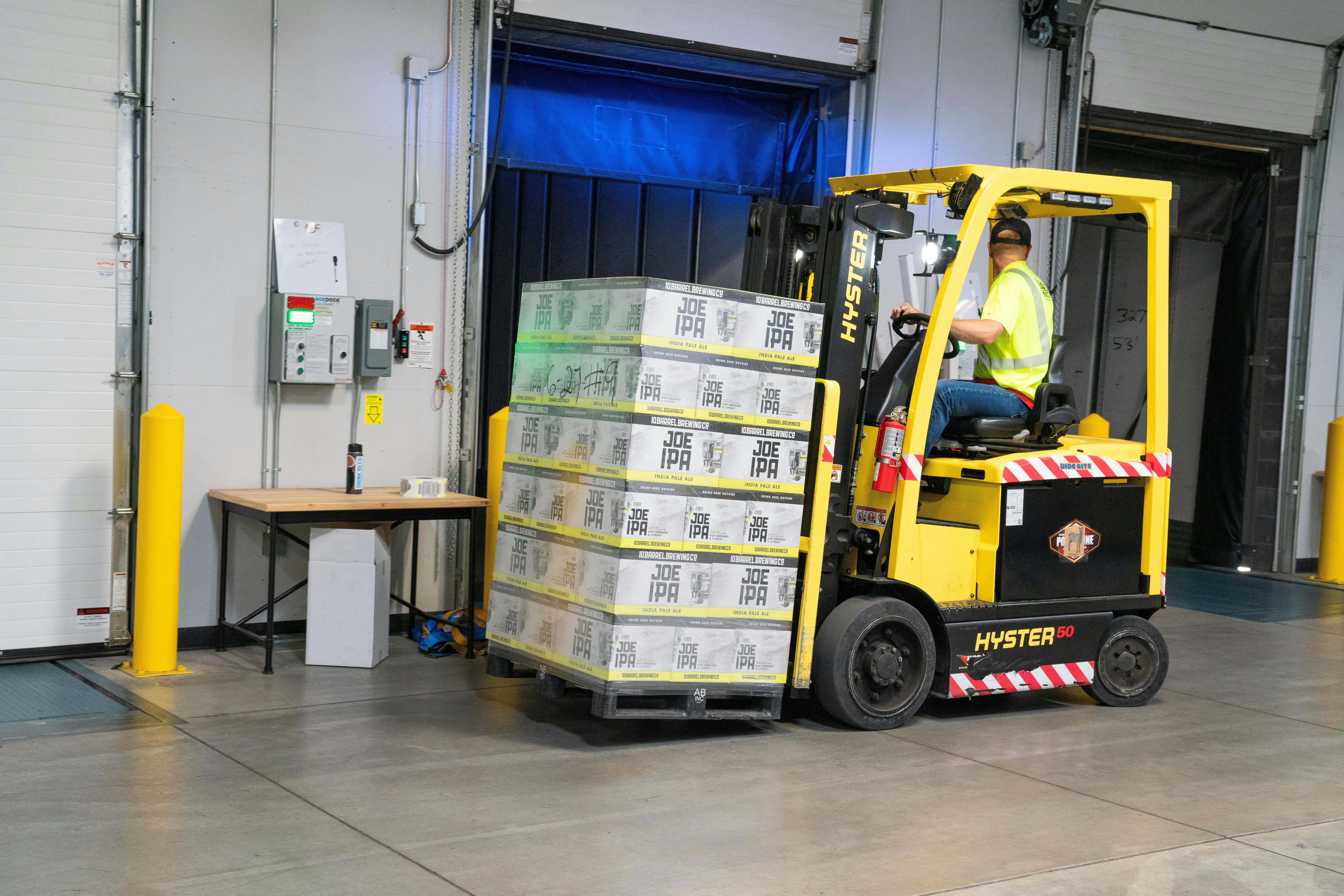Production Design Constraints in Japan
Author
Chan
Date Published

Japan’s venues are designed with precision and discipline. They are efficient, immaculate, and engineered for safety. Yet, beneath their perfection lies a web of technical standards that can quietly limit even the most ambitious stage concept.
I have worked with international touring productions that arrived with forty-foot containers of scenery, only to learn that Japan’s freight docks or elevator shafts were never designed for that size. Power voltage, fire materials, and union rules all shape what is truly feasible on-site.
When design, labor, and safety meet reality, planning becomes an art of adaptation. This guide will help you align creative ambition with venue logic before the first truck even lands.

Power (100V 50–60Hz) and Distro
Japan’s dual electrical grid operates on 100 volts at 50Hz in the east (Tokyo, Sapporo) and 60Hz in the west (Osaka, Fukuoka). Imported 120V or 230V gear will underperform without step-up transformers. Venues typically provide single-phase 100V outlets rated at 15A, while three-phase supply requires advance request through a licensed contractor.
Stage power distribution is arranged through the venue’s designated electrician. Direct cable runs are not allowed without conduit, and all plugs must match the Japanese JIS C8303 standard.
I often include this clause:
All electrical connections shall comply with Japanese JIS C8303 standards and 100V distribution plans approved by the venue’s certified electrician.
Planner Checklist
Confirm total amperage and transformer sourcing before committing to LED walls or moving-head arrays.
Rigging Policies and Patch Points
Rigging supervision in Japan is among the strictest worldwide. All venues maintain a tenjō riggu keikaku (ceiling rig plan) that defines permitted load zones and patch points. Unauthorized suspensions are strictly prohibited. Each anchor point includes a load rating, typically 250–500 kilograms per point, and every lift requires stamped drawings in Japanese.
Venues like Tokyo International Forum, PACIFICO Yokohama, and INTEX Osaka require that hoists and motors be operated only by venue-approved staff. The rigging team reviews your plan one month before load-in and issues a written approval (kōji kyoka).
I include the clause:
All rigging and flown elements shall attach solely to pre-rated patch points under venue supervision, with full load calculations submitted in Japanese.
Planner Checklist
Submit your structural drawings with bilingual notation and confirm motor inventory two weeks before freight release.

Fire Codes and Flame Retardant Materials
Japan’s Fire Service Act (Act No. 186 of 1948) and the Building Standards Law require that all scenic materials, fabrics, and curtains carry flame-retardant certification under JIS A 1322 or ISO 6941. Inspectors check for 難燃証明書 (official fireproof certificate) before any audience is admitted.
Approved flame-retardant materials include:
- Trevira CS polyester for drapes and soft goods
- FR-treated cotton canvas (難燃加工木綿)
- Fiberglass composite panels for scenic walls
- PVC flooring certified to JIS A 1322
Untreated foam board, wood veneer, and vinyl banners are disallowed unless coated with approved retardant paint. Open flame effects require a local fire officer and kasai kyoka shinsei (fire usage permit).
I include the clause:
All scenic and decorative materials shall conform to JIS A 1322 flame-retardant standards and carry valid certification documents in Japanese.
Planner Checklist
Prepare documentation folders for every scenic element and store copies at the stage manager’s desk.
Union Carpentry and Build Rates
Japanese carpenters operate under trade unions known as Gikyō Kumiai. They control on-site set builds at most major venues. Foreign labor may assist but cannot perform structural tasks unless working under a local contractor’s license.
Standard rates in metropolitan areas average:
- ¥7,000–¥8,500 per hour for master carpenters (tōryō)
- ¥5,500–¥6,500 per hour for assistant carpenters (daisaku)
- ¥4,500–¥5,000 per hour for load-in crew or prop hands
Rates include tool rental and labor insurance. Work hours usually run 09:00–18:00 with one-hour lunch. All overtime or overnight work must be filed as a separate rinji shinsei (temporary extension request) and approved by venue management.
I include the clause:
All carpentry and scenic assembly shall be executed by union-registered workers under standard rates and work hours stipulated by local labor ordinances.
Planner Checklist
Coordinate early with a bilingual production manager to translate technical terms and labor schedules.

Load In Windows and Elevator Specs
Load-in windows are rigidly scheduled in Japan. Venues divide freight access into two-hour blocks, such as 08:00–10:00, 10:00–12:00, and 13:00–15:00. Trucks must check in at the security gate exactly at the start of their slot. Late arrivals lose their position and must wait until the next cycle.
Freight elevators are compact compared with Western standards. Typical specs at major venues:
- Tokyo Big Sight: 2.0m W × 2.5m D × 2.3m H, 2000kg capacity
- PACIFICO Yokohama: 1.9m W × 2.2m D × 2.1m H, 1800kg capacity
- Osaka INTEX Hall 5: 2.2m W × 2.5m D × 2.3m H, 2500kg capacity
No case taller than 1.8 meters or longer than 2.4 meters typically fits without angling. Dock platforms often accommodate only two trucks at once, so offloading must follow strict sequencing.
I include the clause:
All freight operations shall comply with the venue’s scheduled load-in windows, dock rotations, and elevator weight and size limits.
Planner Checklist
FAQs
1. Can large LED walls be powered from venue mains directly?
Only if total load fits within venue allocation; otherwise an external generator and certified electrician are required.
2. How early must rigging plans be submitted?
At least four weeks before build for engineering sign-off and insurance registration.
3. Are flame certificates from overseas accepted?
Only if accompanied by JIS equivalent documentation translated into Japanese.
4. How flexible are load-in hours?
They are rarely flexible. Once the time slot is missed, access is deferred until the next open block.
5. What is the best way to budget local labor?
Use union rates and include mandatory lunch, translation, and safety briefings in your estimate.
Conclusion
Every production in Japan succeeds or fails on preparation. Power, fire safety, rigging, labor, and logistics each have their own rulebook and none bend easily. Aligning creative goals with these realities turns limitations into precision. When your technical design respects Japanese standards, the result is not smaller but stronger.
For bilingual coordination, certified suppliers, or pre-event technical consultations, contact us!